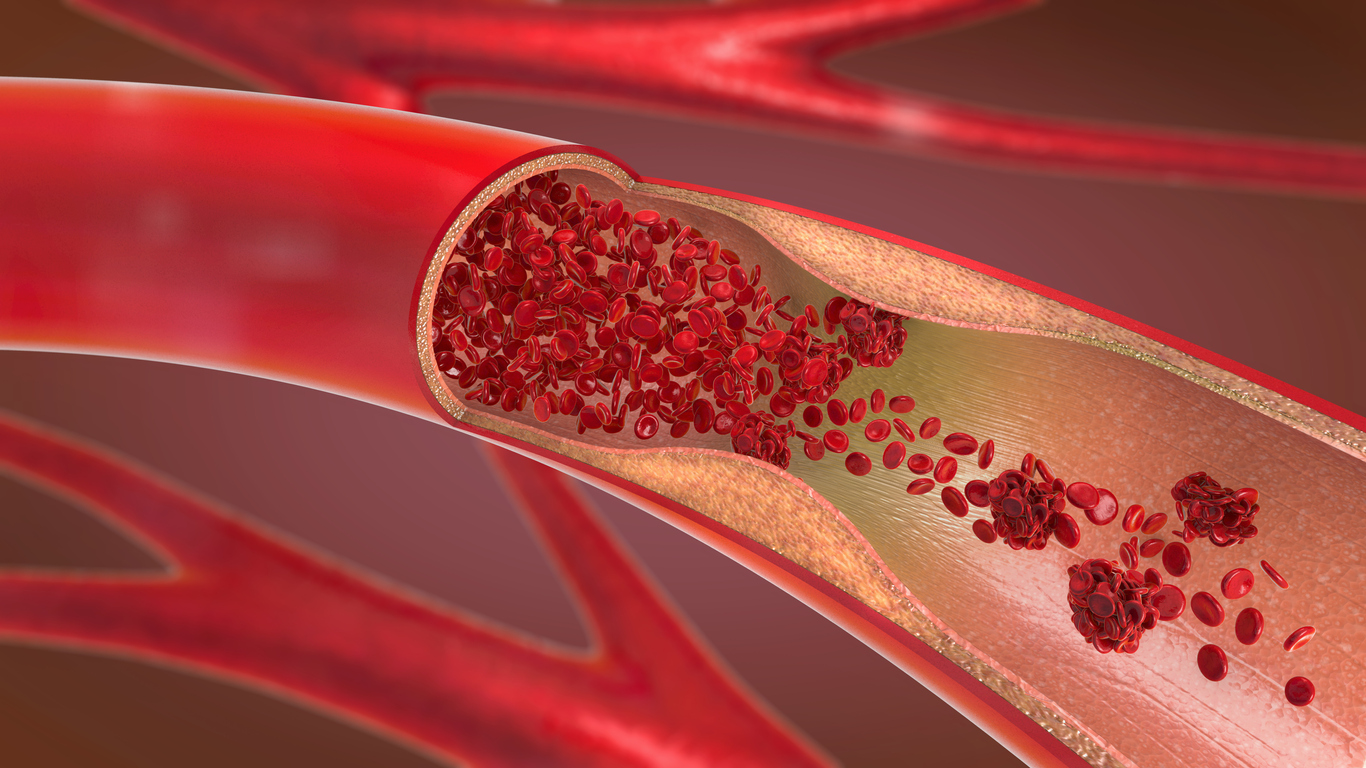Many patients are curious to know whether a blood clot that has developed in the leg can dissolve on its own or does it require them to undergo a minimally invasive vein treatment procedure. After all, it formed naturally maybe the body can heal itself naturally. Unfortunately, answering this question is more difficult than providing a “yes” or “no” answer.
The Brief and Simple Answer
The brief and simple answer to whether or not blood clots in the legs can dissolve on their own is “yes”. However, even though the blood clot can dissolve naturally, you will want to make sure you have a doctor monitoring the situation.
Monitoring of the Blood Clot is Necessary to Avoid Serious Health Problems
Once a blood clot has formed in the veins of the leg, the body instantly starts to work to dissolve the clot so blood flow isn’t restricted or blocked. While this sounds like a good thing, it could lead to potentially serious, even fatal problems.
A serious problem, known as pulmonary embolism, can occur if a blood clot that has started to dissolve on its own doesn’t dissolve completely and instead breaks off from the walls of the veins and travels to the lungs. If this happens it can damage the lungs and cause serious complications.
In an effort to avoid the development of serious complications, a doctor may allow a blood clot, depending on its size, to dissolve on its own. However, your doctor will monitor your symptoms and watch for the possible development of pulmonary embolism.
How are Blood Clots in the Leg Treated?
If your doctor believes that you aren’t at risk for a pulmonary embolism, he or she may recommend that you let your body naturally dissolve the blood clot. However, if your doctor believes your health is at risk or you may develop a pulmonary embolism, he or she may recommend a procedure known as a catheter-directed thrombolysis.
Catheter-directed thrombolysis is designed to quickly break up the blood clot. Quickly breaking up the blood clot and dissolving it allows the body to restore blood flow to the veins and prevents any serious problems from developing.
Due to the risks involved with catheter-directed thrombolysis doctors will only use it when it is a medical emergency. If you are not in immediate danger, your doctor may recommend other treatment options or other less minimally invasive procedures.
Prevention is Important for Blood Clots
After you experience a blood clot in the leg, your chances of experiencing another blood clot increases. To avoid future problems that can develop from deep vein thrombosis or a pulmonary embolism, your doctor may work closely with you to make sure blood clots don’t form in the future.
The most common way to prevent blood clots from forming is with blood thinners. The thinner the blood is, the less likely it is to clot. Other treatment recommendations could include exercising more, making changes to your lifestyle, and avoiding prolonged periods of sitting.
If you suspect you may have a blood clot, don’t wait to see if something serious will happen. Call Vein911 in Tampa, Florida to schedule an appointment with Dr. Chris Pittman. Dr. Pittman can help treat your blood clot and provide you with recommendations on how to prevent future blood clots from forming. Call our office today to schedule an appointment to discuss blot clots or other vein problems such as varicose veins or spider veins.

